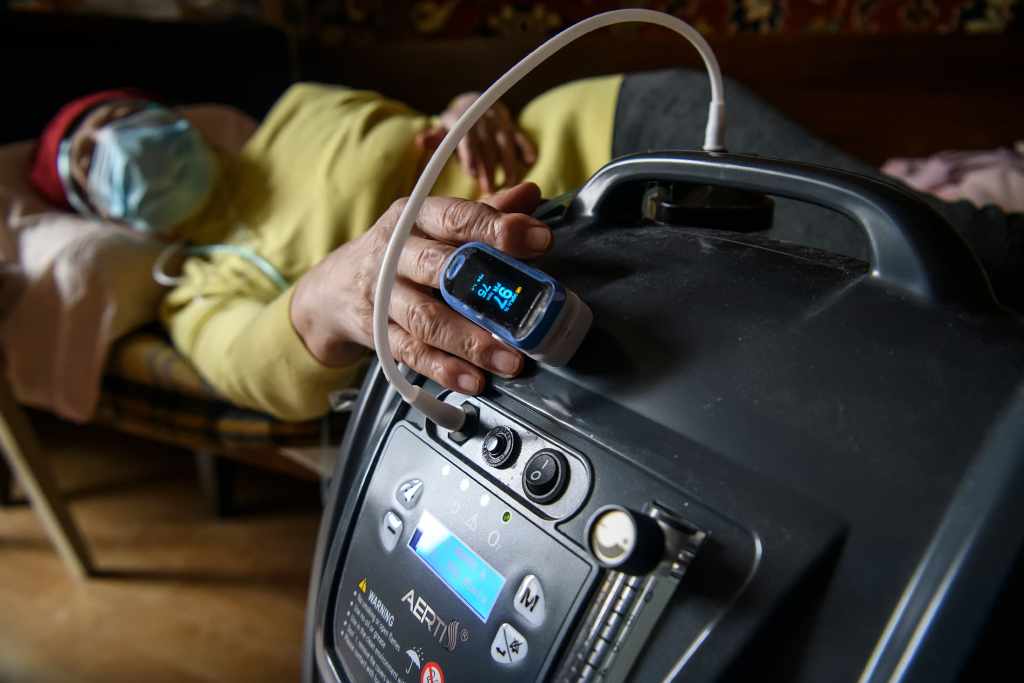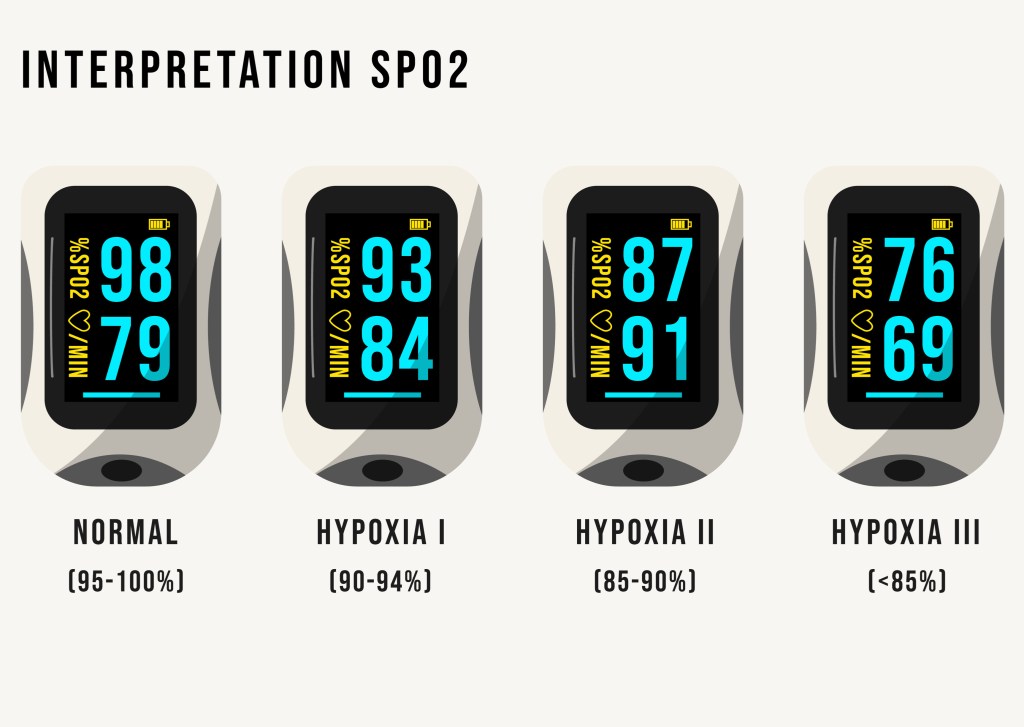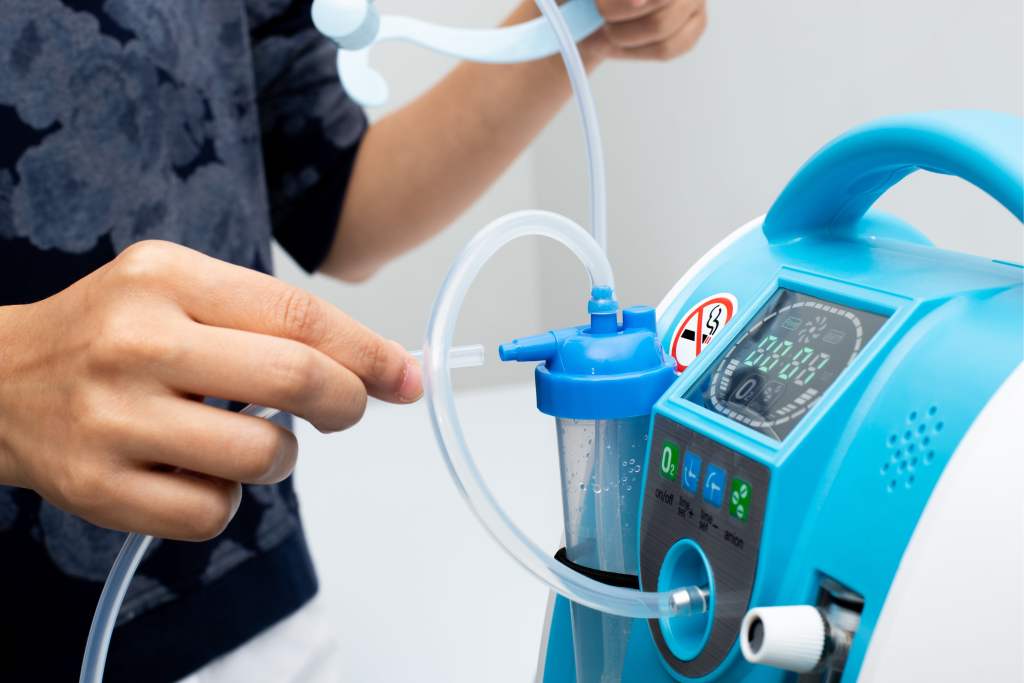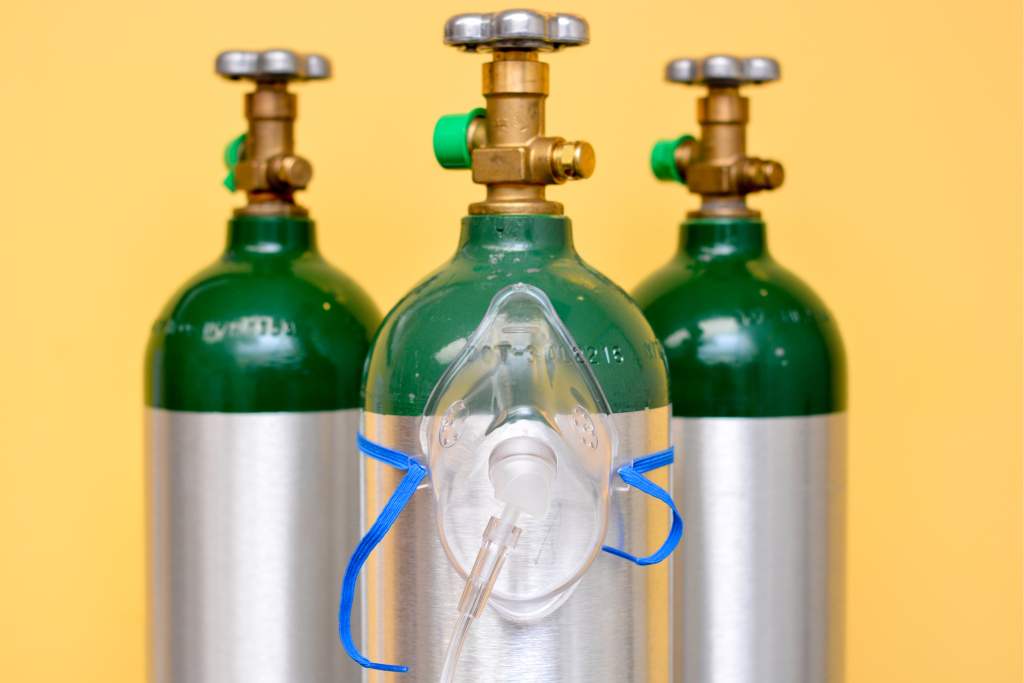We naturally inhale oxygen from the environment. The natural process of breathing in and out occurs through two openings- the nose and the mouth. Every cell in our body needs oxygen to sustain. Our brain cannot survive more than 3 minutes if its oxygen supply is hindered. Due to increased pollution levels, resulting in deterioration in air quality, we don’t breathe fresh oxygen anymore. However, people still need it to survive. Thus, they need supplemental oxygen, also known as Oxygen Therapy.
What is Oxygen therapy?
When our body cannot maintain adequate oxygen levels, oxygen therapy may be prescribed for such patients. It refers to creating medical settings, whether at the hospital or home, to meet the O2 needs of the body. This helps in increasing oxygen concentration in the blood, and thus expanding the lifespan of people.

Who needs Oxygen therapy?
Oxygen therapy is mostly required when the person has or is suffering from:
- Chronic Obstructive Pulmonary Disease
- Pulmonary Fibrosis
- Pneumonia
- Asthma
- Acute respiratory distress syndrome
- Cystic Fibrosis
- Lung disease/infection
How to measure Oxygen levels?
At home:

A Pulse Oximeter is a clip-like device that helps in immediately assessing the oxygen saturation level in your blood. It is placed on your finger, primarily the index finger (remove the nail polish, if any), for an accurate reading. Ensure that your hand is not shaking or shivering, and is kept still. Monitor it for a time frame of 30 seconds. The reading of SpO2 detected by the device will assess the current oxygen level in your body. Anything above 95% is considered normal. However, if the level lies between 92-94%, you may need to consult your doctor, and if it dips below that, it may be alarming. There is an error rate of +2/-2%. In case of any doubt regarding your readings, measure it on someone else’s finger.
Look out for the following indications:

- Rapid breathing in the natural environment
- Difficulty in breathing
- Sweating and confusion
- Increased heart rate
- Coughing and gasping for breath
Immediately contact your doctor when such symptoms show up, who may advise you whether you need prompt hospitalisation or home treatment.
What are the various types of Oxygen therapy?
There are various ways or systems through which supplemental oxygen is given to patients:

Oxygen Concentrators: These are devices used in the medical setting that concentrate or absorb 78% nitrogen, 21% oxygen, and other gases from the atmosphere to produce 90-95% pure oxygen as the end product. The most commonly used are portable oxygen concentrators, capable of producing around 5 litres of oxygen per minute. These concentrators work on batteries that need to be charged.
The oxygen is delivered to the patient through a nasal cannula or a mask. This is highly advantageous for patients whose oxygen levels are around 85% and need a regular oxygen supply for their daily functioning. It may be quite expensive, but according to WHO, once bought, it can serve for around 5 years; thus making it a profitable investment. Consultation with a doctor becomes important to safely install and use the oxygen concentrator at home.

Oxygen Cylinders: Oxygen cylinders have 100% pure compressed oxygen stored in them. These small cylinders are lightweight and one can easily carry them. However, big cylinders pose a problem of portability and require a trolley. It is one of the oldest methods of storing oxygen and supplying it to patients.
It is mostly dispensed in steel or aluminium cylinders. Hence, cylinders may either contain liquid oxygen or oxygen gas. A flow metre and a regulator are connected and used to determine the level of oxygen that needs to be given to the patient. The oxygen flows from the cylinder to the patient through a mask either in high flow or low flow mode. Therefore these cylinders do not run on electricity or battery. However, the biggest constraint with these cylinders is that they require regular replacement and refilling. This makes it a costly process if the patient’s oxygen requirements are significant.
Tips for using Oxygen at home:
- Consult your doctor before installing any oxygen equipment in your home.
- Do not bring any flammable substances in the vicinity where oxygen has been installed. Avoid lighting a candle or smoking in that room.
- Do not try to lift the cylinder. The correct method is to roll or use trolleys for transportation.
- Cannula or masks need to be disposed after regular intervals.
- Switch off the oxygen supply if the patient is not using it for the time being. Do not waste.
Need Funds for Medical Treatment?
Start a Fundraiser on Ketto and raise the amount for your treatment

